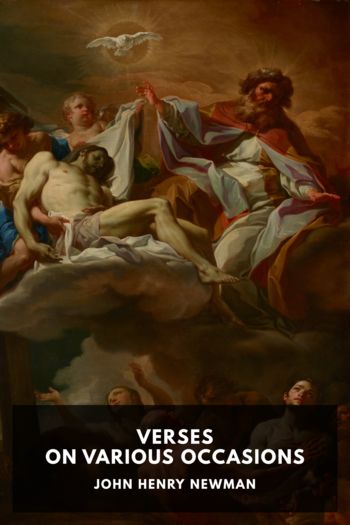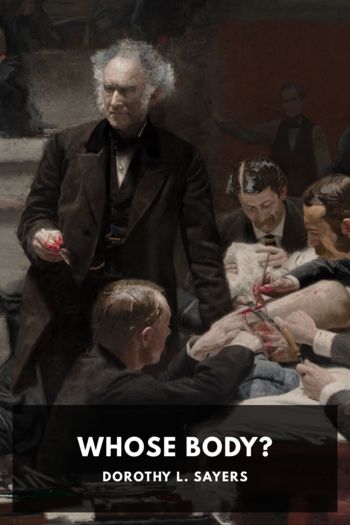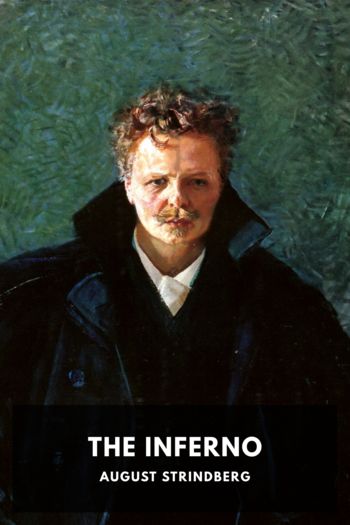The Divine Comedy, Dante Alighieri [best thriller novels of all time TXT] 📗

- Author: Dante Alighieri
Book online «The Divine Comedy, Dante Alighieri [best thriller novels of all time TXT] 📗». Author Dante Alighieri
↩
Buti interprets this, as redder than the Sun, to whose light Dante had become accustomed, and continues:—
“Literally, it is true that the splendor of Mars is more fiery than that of the Sun, because it is red, and the Sun is yellow; but allegorically we are to understand, that a greater ardor oflove, that is, more burning, is in those who fight and conquer the three enemies mentioned above [the world, the flesh, and the devil], than in those who exercise themselves with the Scriptures.”
↩
The silent language of the heart. ↩
In Hebrew, El, Eli, God, from which the Greeks made Helios, the Sun. As in St. Hildebert’s hymn “Ad Patrem”:—
“Alpha et Omega, magne Deus,
Heli, Hell, Deus meus.”
↩
Dante, Convito, II 15, says:—
“It must be known that philosophers have different opinions concerning this Galaxy. For the Pythagoreans said that the Sun once wandered out of his way, and passing through other regions not adapted to his heat, he burned the place through which he passed, and traces of the burning remained. I think they took this from the fable of Phaeton, which Ovid narrates in the beginning of the second book of the Metamorphoses. Others, and among them Anaxagoras and Democritus, that it was the light of the Sun reflected in that part. And these opinions they prove by demonstrative reasons. What Aristotle says of this we cannot well know; for his opinion is not the same in one translation as in the other. And I think this was an error of the translators; for in the new one he appears to say, that it was a gathering of vapors under the stars of that region, for they always attract them; and this does not appear to be the true reason. In the old, it says, that the Galaxy is only a multitude of fixed stars in that region, so small that they cannot be distin guished here below; but from them is apparent that whiteness which we call the Galaxy. And it may be that the heaven in that part is more dense, and therefore retains and reflects that light; and this opinion seems to have been entertained by Aristotle, Avicenna, and Ptolemy.”
Milton, Paradise Lost, VII 577:—
“A broad and ample road, whose dust is gold,
And pavement stars, as stars to thec appear,
Seen in the Galaxy, that Milky Way,
Which nightly, as a circling zone, thou seest
Powdered with stars.”
↩
The sign of the cross, drawn upon the planet Mars, as upon the breast of a crusader. The following Legend of the Cross, and its signif icance, is from Didron, Christian Iconography, Millington’s Tr., I 367:—
“The cross is more than a mere figure of Christ; it is in Iconography either Christ himself or his symbol. A legend has, consequently, been invented, giving the history of the cross, as if it had been a living being. It has been made the theme and hero of an epic poem, the germ of which may be discovered in books of apocryphal tradition. This story is given at length in the Golden Legend, Legenda Aurea, and is detailed and completed in works of painting and sculpture from the fourteenth century down to the sixteenth. … After the death of Adam, Seth planted on the tomb of his father a shoot from the Tree of Life, which grew in the terrestrial Paradise. From it sprang three little trees, united by one single trunk. Moses thence gathered the rod with which he by his miracles astonished the people of Egypt, and the inhabitants of the desert. Solomon desired to convert that same tree, which had become gigantic in size, into a column for his palace; being either too short or too long, it was rejected, and served as a bridge over a torrent. The Queen of Sheba refused to pass over on that tree, declaring that it would one day occasion the destruction of the Jews. Solomon commanded that the predestined beam should be thrown into the probationary pool (Pool of Bethesda), and its virtues were immediately communicated to the waters. When Christ had been condemned to suffer the death of a malefactor, his cross was made of the wood of that very tree. It was buried on Golgotha, and afterwards discovered by St. Helena. It was carried into captivity by Chosroes, king of Persia, delivered, and brought back in triumph to Jerusalem, by the Emperor Heraclius. Being afterwards dispersed in a multitude of fragments throughout the Christian universe, countless miracles were performed by it; it restored the dead to life, and gave sight to the blind, cured the paralytic, cleansed lepers, put demons to flight, and dispelled various maladies with which whole nations were afflicted, extinguished conflagrations, and calmed the fury of the raging waves.
“The wood of the cross was born with the world, in the terrestrial paradise; it will reappear in heaven at the end of time, borne in the arms of Christ or of his angels, when the Lord descends to judge the world at the last day.
“After reading this history, some conception may be formed of the important place held by the cross in Christian Iconography. The cross, as has been said, is not merely the instrument of the punishment of Jesus Christ, but is also the figure and symbol of the





Comments (0)